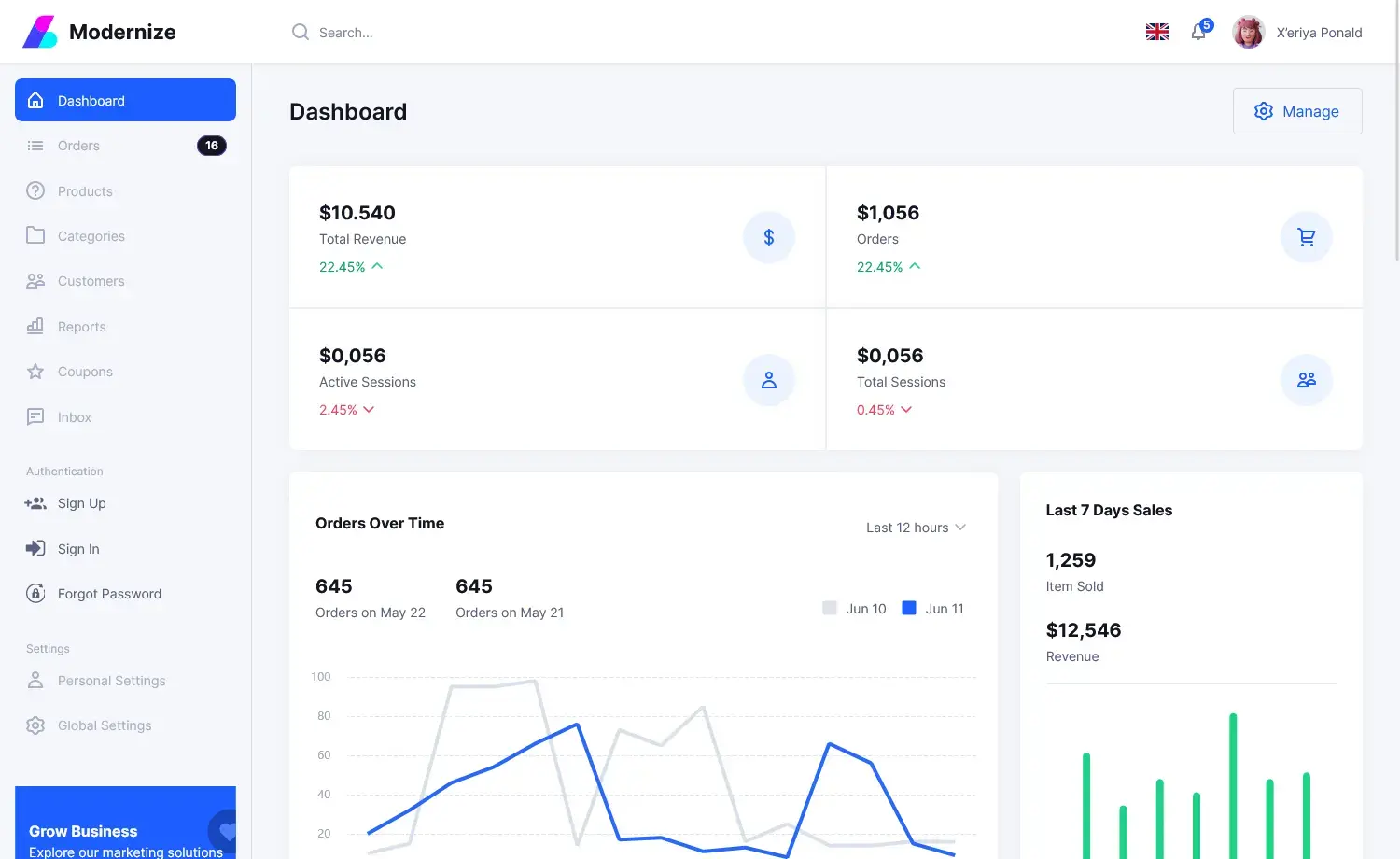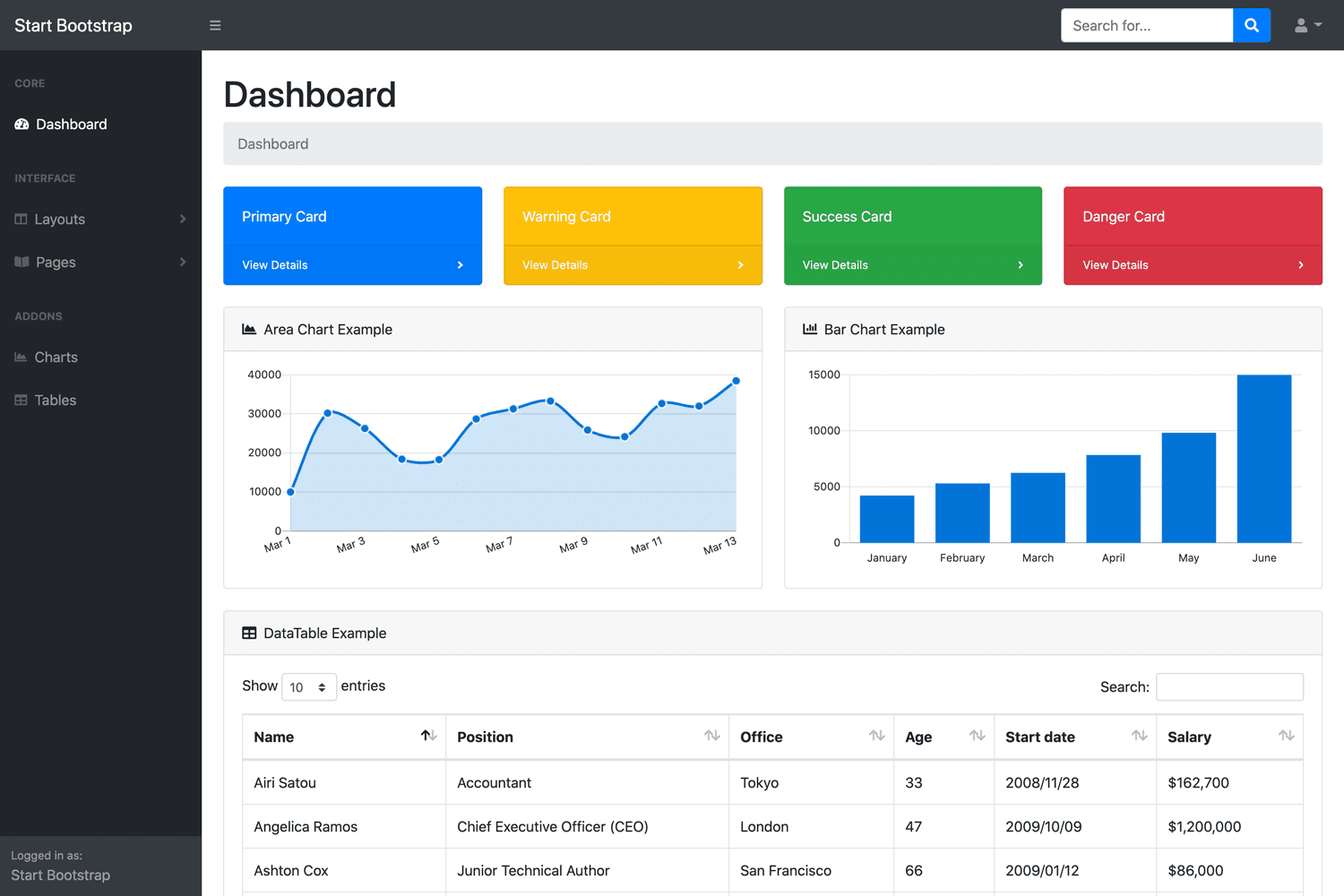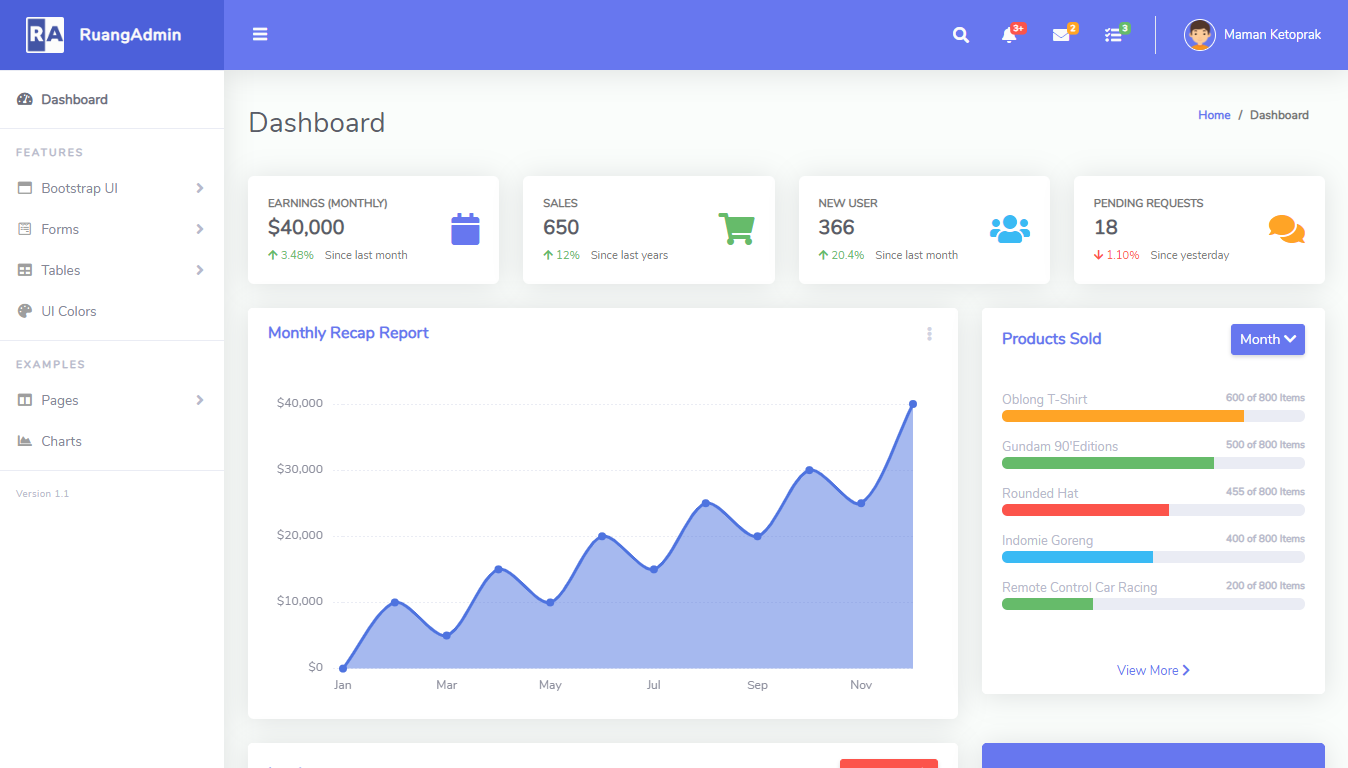Capturing screenshots in C#
By Tan Lee Published on Feb 17, 2025 772
Below are the common methods to capture screenshots in C# using System.Drawing and other libraries.
To start, if you want to utilize the ScreenCapture class, you must include the following class in your project.
public class ScreenCapture
{
public Image CaptureScreen()
{
return CaptureWindow(User32.GetDesktopWindow());
}
public Image CaptureWindow(IntPtr handle)
{
IntPtr hdcSrc = User32.GetWindowDC(handle);
User32.RECT windowRect = new User32.RECT();
User32.GetWindowRect(handle, ref windowRect);
int width = windowRect.right - windowRect.left;
int height = windowRect.bottom - windowRect.top;
IntPtr hdcDest = GDI32.CreateCompatibleDC(hdcSrc);
IntPtr hBitmap = GDI32.CreateCompatibleBitmap(hdcSrc, width, height);
IntPtr hOld = GDI32.SelectObject(hdcDest, hBitmap);
GDI32.BitBlt(hdcDest, 0, 0, width, height, hdcSrc, 0, 0, GDI32.SRCCOPY);
GDI32.SelectObject(hdcDest, hOld);
GDI32.DeleteDC(hdcDest);
User32.ReleaseDC(handle, hdcSrc);
Image img = Image.FromHbitmap(hBitmap);
GDI32.DeleteObject(hBitmap);
return img;
}
public void CaptureWindowToFile(IntPtr handle, string filename, ImageFormat format)
{
Image img = CaptureWindow(handle);
img.Save(filename, format);
}
public void CaptureScreenToFile(string filename, ImageFormat format)
{
Image img = CaptureScreen();
img.Save(filename, format);
}
private class GDI32
{
public const int SRCCOPY = 0x00CC0020;
[DllImport("gdi32.dll")]
public static extern bool BitBlt(IntPtr hObject, int nXDest, int nYDest, int nWidth, int nHeight, IntPtr hObjectSource, int nXSrc, int nYSrc, int dwRop);
[DllImport("gdi32.dll")]
public static extern IntPtr CreateCompatibleBitmap(IntPtr hDC, int nWidth, int nHeight);
[DllImport("gdi32.dll")]
public static extern IntPtr CreateCompatibleDC(IntPtr hDC);
[DllImport("gdi32.dll")]
public static extern bool DeleteDC(IntPtr hDC);
[DllImport("gdi32.dll")]
public static extern bool DeleteObject(IntPtr hObject);
[DllImport("gdi32.dll")]
public static extern IntPtr SelectObject(IntPtr hDC, IntPtr hObject);
}
private class User32
{
[StructLayout(LayoutKind.Sequential)]
public struct RECT
{
public int left, top, right, bottom;
}
[DllImport("user32.dll")]
public static extern IntPtr GetDesktopWindow();
[DllImport("user32.dll")]
public static extern IntPtr GetWindowDC(IntPtr hWnd);
[DllImport("user32.dll")]
public static extern IntPtr ReleaseDC(IntPtr hWnd, IntPtr hDC);
[DllImport("user32.dll")]
public static extern IntPtr GetWindowRect(IntPtr hWnd, ref RECT rect);
}
}Capturing the Active Window
There are two main ways to capture a screenshot of the active window one involves using the ScreenCapture class, and the other uses the CopyFromScreen method directly from the Graphics class in .NET.
Using ScreenCapture Class
To capture a screenshot of the active window, use the following method:
private void CaptureActiveWindow(string filepath, string filename, ImageFormat format)
{
ScreenCapture sc = new ScreenCapture();
string fullpath = filepath + "\\" + filename;
sc.CaptureWindowToFile(this.Handle, fullpath, format);
}Usage example:
CaptureActiveWindow(Environment.GetFolderPath(Environment.SpecialFolder.Desktop), "window_screenshot.jpg", ImageFormat.Jpeg);
Using Graphics.CopyFromScreen Method
Alternatively, use the Graphics.CopyFromScreen method to capture the screenshot without the need for an external class.
private void CaptureActiveWindow(string filepath, string filename, ImageFormat format)
{
Rectangle bounds = this.Bounds;
using (Bitmap bitmap = new Bitmap(bounds.Width, bounds.Height))
{
using (Graphics g = Graphics.FromImage(bitmap))
{
g.CopyFromScreen(new Point(bounds.Left, bounds.Top), Point.Empty, bounds.Size);
}
string fullpath = filepath + "\\" + filename;
bitmap.Save(fullpath, format);
}
}Usage example:
CaptureActiveWindow(Environment.GetFolderPath(Environment.SpecialFolder.Desktop), "window_screen_noclass.jpg", ImageFormat.Jpeg);
Capturing a Fullscreen Screenshot
There are also two methods for capturing a fullscreen screenshot: one using Graphics.CopyFromScreen and the other using the ScreenCapture class.
Using Graphics.CopyFromScreen
private void CaptureFullScreen(string filepath, string filename, ImageFormat format)
{
Rectangle bounds = Screen.GetBounds(Point.Empty);
using (Bitmap bitmap = new Bitmap(bounds.Width, bounds.Height))
{
using (Graphics g = Graphics.FromImage(bitmap))
{
g.CopyFromScreen(Point.Empty, Point.Empty, bounds.Size);
}
string fullpath = filepath + "\\" + filename;
bitmap.Save(fullpath, format);
}
}Usage example:
CaptureFullScreen(Environment.GetFolderPath(Environment.SpecialFolder.Desktop), "screenshot.jpg", ImageFormat.Jpeg);
Using ScreenCapture Class
private void CaptureFullScreen(string filepath, string filename, ImageFormat format)
{
ScreenCapture sc = new ScreenCapture();
Image img = sc.CaptureScreen();
string fullpath = filepath + "\\" + filename;
img.Save(fullpath, format);
}Usage example:
CaptureFullScreen(Environment.GetFolderPath(Environment.SpecialFolder.Desktop), "screenshotfull_class.jpg", ImageFormat.Jpeg);
Capturing a Specific Region of the Screen
You may also want to capture a specific portion of the screen, not the entire screen or a window. In that case, you can define the region (x, y, width, height) to capture:
public void CaptureRegion(string filepath, string filename, ImageFormat format, Rectangle region)
{
// Create a bitmap for the region to capture
using (Bitmap bitmap = new Bitmap(region.Width, region.Height))
{
using (Graphics g = Graphics.FromImage(bitmap))
{
// Capture the specified region from the screen
g.CopyFromScreen(region.Location, Point.Empty, region.Size);
}
// Save the screenshot of the region to a file
string fullpath = System.IO.Path.Combine(filepath, filename);
bitmap.Save(fullpath, format);
}
}Usage Example:
// Define the region to capture (x, y, width, height) Rectangle region = new Rectangle(100, 100, 500, 400); ScreenshotHelper helper = new ScreenshotHelper(); helper.CaptureRegion(Environment.GetFolderPath(Environment.SpecialFolder.Desktop), "region_screenshot.jpg", ImageFormat.Jpeg, region);
Additional Information
You can adjust the image format by changing the file extension and the ImageFormat type.
ImageFormat.JpegImageFormat.GifImageFormat.TiffImageFormat.IconImageFormat.MemoryBmpImageFormat.BmpImageFormat.Exif
By using the methods outlined here, you can easily integrate screenshot capture functionality into your C# WinForms applications, whether you need to capture a specific window or the entire screen.





